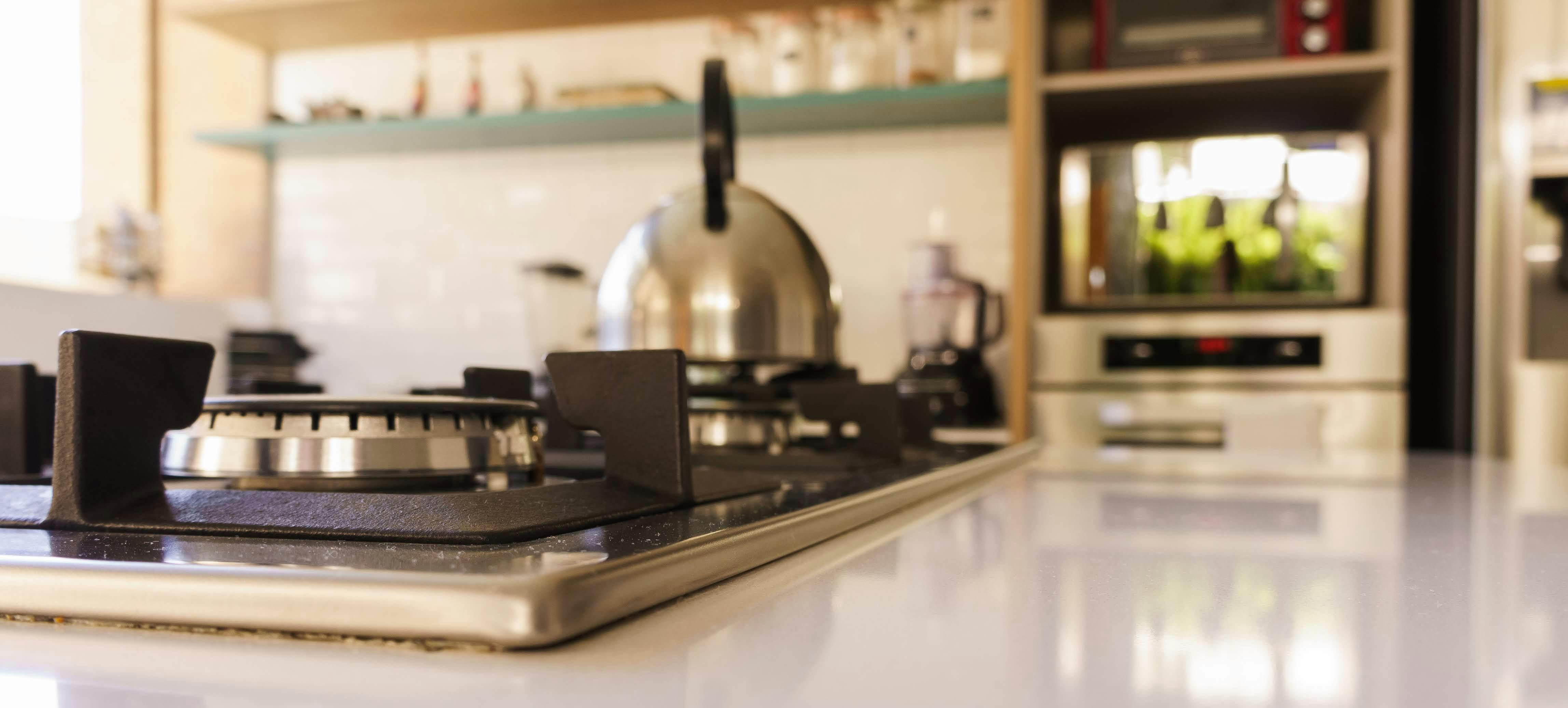“Annual income twenty pounds, annual expense nineteen and six, result happiness. Annual income twenty pounds, annual expense twenty pounds and six, result misery” Charles Dickens
The question of “how will I afford to make the switch” arises with every person considering becoming self-employed.
Research shows that people who transition easily and successfully to self-employment have plans to ensure some sort of positive cash flow or income stream during their initial start-up period. A general rule of thumb is that people feel they need a guaranteed lump sum to cover six months of living expenses.
An essential part of planning to become self-employed has to be an analysis of your financial situation. Here are the three key steps you need to take:
1. Calculate the personal expenses you need to cover A good idea when you start to be self-employed is to reduce your monthly living expenses as much as is reasonably possible. This has to be an exact calculation. You can’t lower your rent payments (although you might be able to switch your mortgage to a lower payment plan), but you can postpone vacations this year. You can’t lower your heating bill, but you can eat out less often.
Start by completing a IDB Survival budget. OFFER means:
- B.basic necessities, for example, mortgage or rent payments, home insurance, life insurance, gas, electricity, water, council taxes, telephone, car, and cleaning service
- memajor necessities, eg television, school fees, gym membership
- Ddesirable, eg vacations, gifts, meals out
Most people are surprised to discover how little they really need to survive. Whether you’re planning to take the plunge or hoping to be pushed, knowing your true financial situation can be very empowering and will allow you to identify the lowest monthly spending level that you (and your family) can reasonably commit to.
2. Calculate the business expenses you need to cover A helpful rule of thumb when starting out is never spend until you have to. But you must also recognize that each business faces unique start-up costs that it will have to bear. It’s often easy to overlook these upfront costs, especially if you’ve been working at a large company where they’re part of the infrastructure. It is also important to plan all monthly expenses, no matter how small.
Having carried out these first two steps, you should now be in a position to determine how much money you need to manage during the first six months of self-employment, so next
3. Establish a fund for the first six months To have a financial cushion, you need to find enough money (guaranteed money, not future business or projections) to fund your personal and business expenses for at least the first six months when you should assume you have expenses but no additional income from the winnings.
There are several options for financing your move to self-employment. For some it may mean savings and investments, and for others it may mean the use of severance pay. Financial support from a partner may be an option, or getting a part-time job may be the short-term answer.
Analyze your financial situation, slowly and carefully. Talk to people you trust. And most importantly, let them advise you. It is advisable to seek professional financial advice for your particular circumstance.




